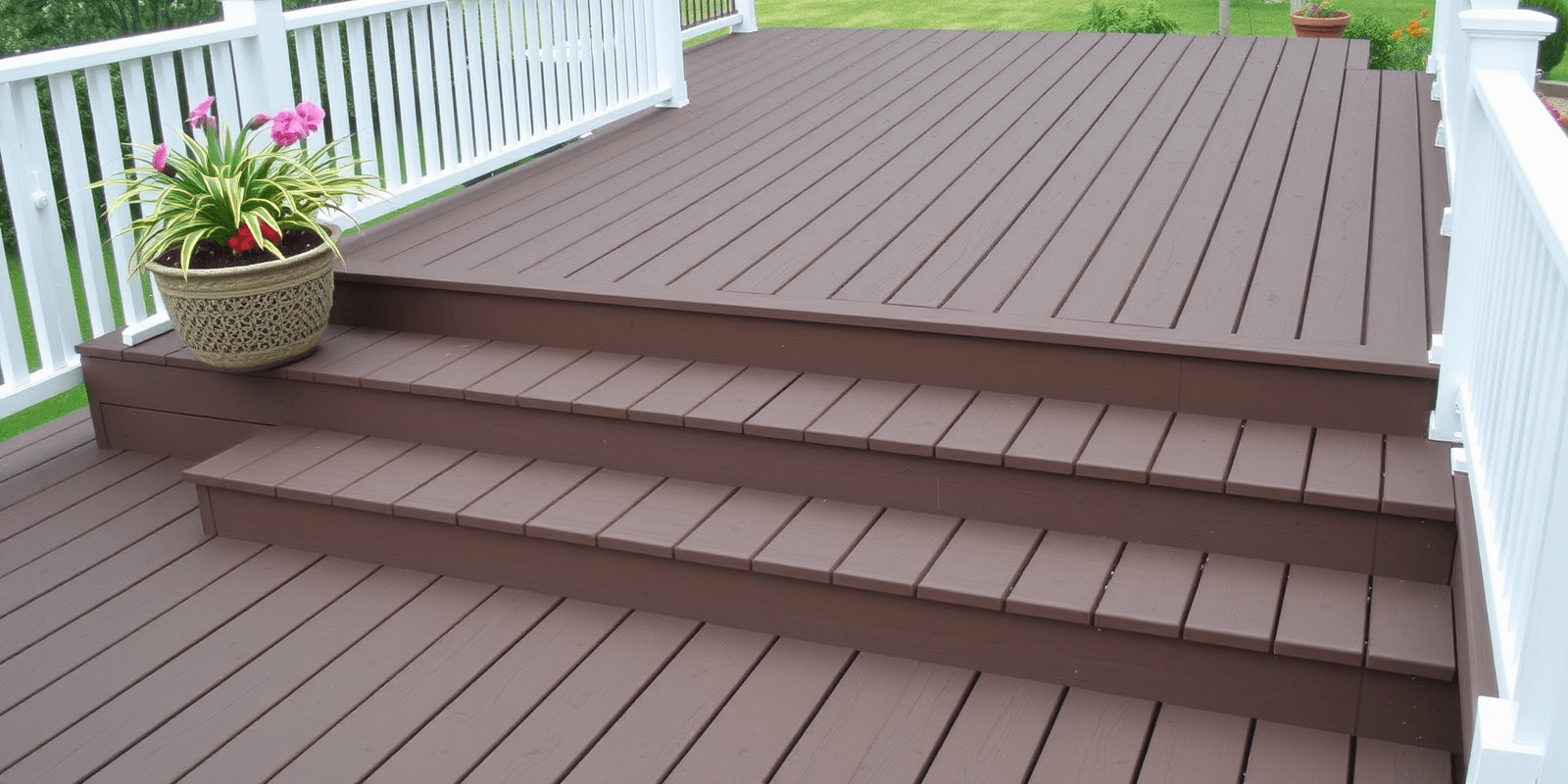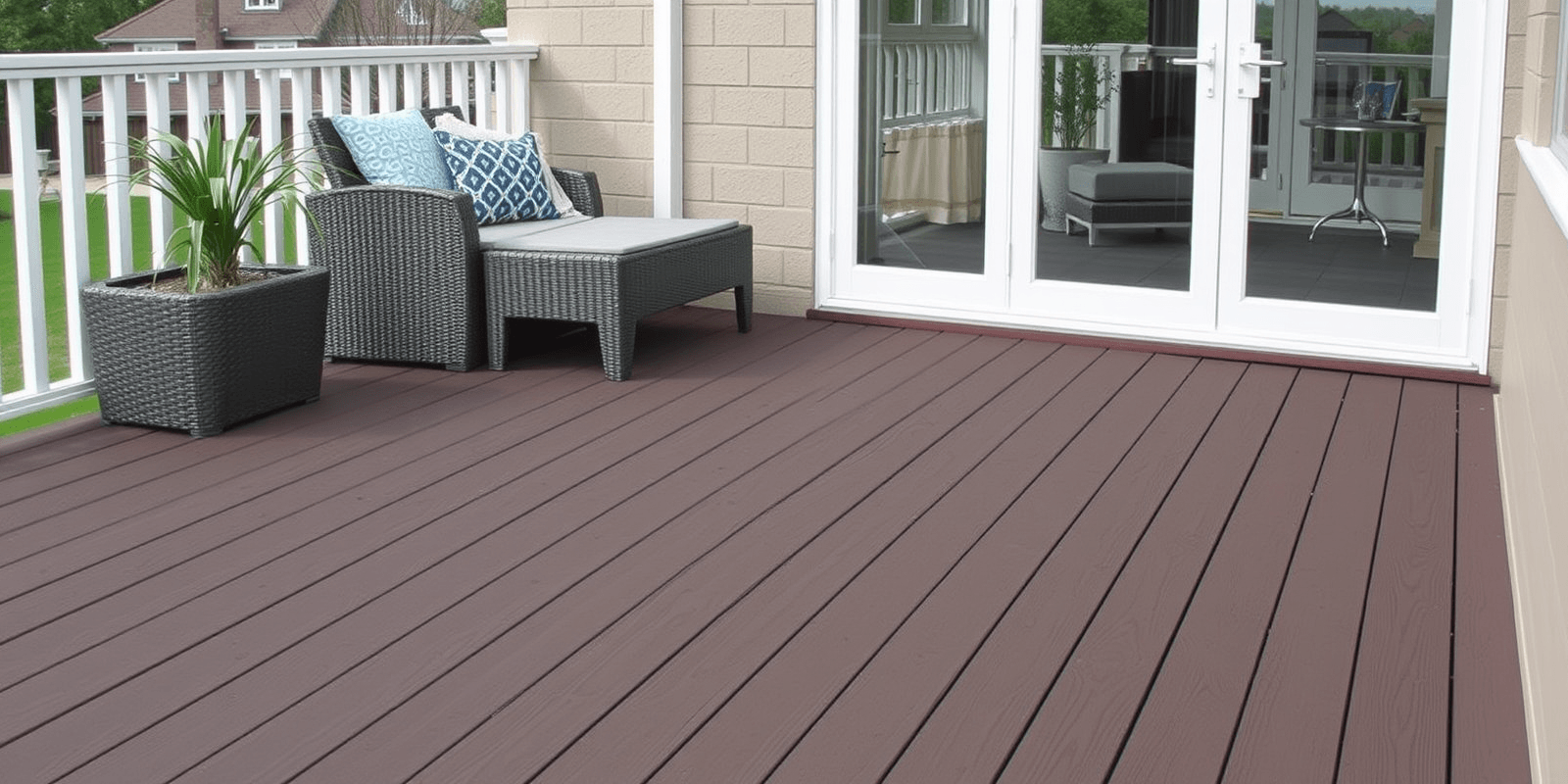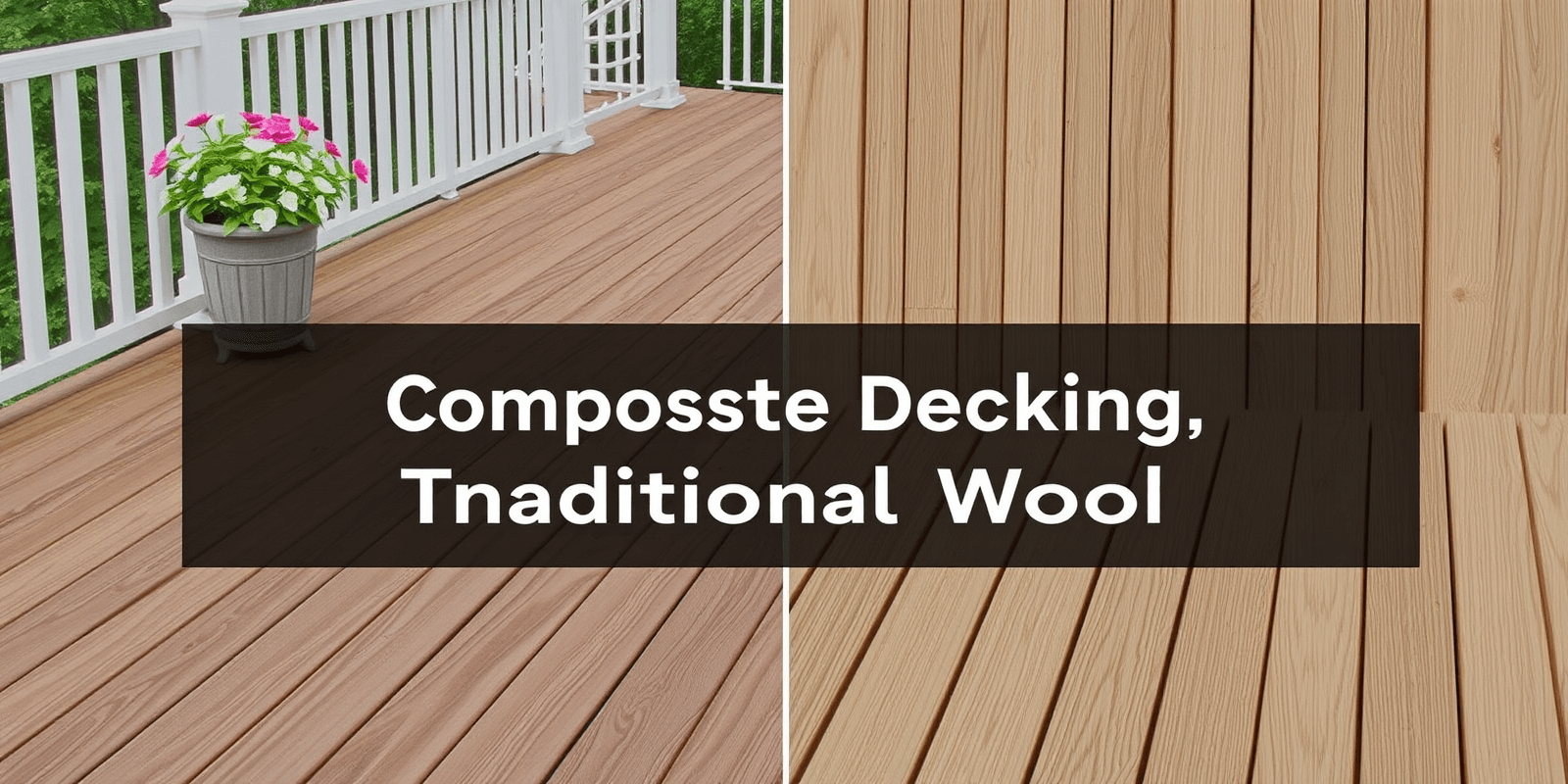“`html
Types of Composite Decking Boards
Introduction
Composite decking has become a popular choice for homeowners looking to create beautiful outdoor living spaces while minimizing maintenance. Unlike traditional wooden decks that require regular painting and staining, composite decking offers a low-maintenance alternative. This article explores three main types of composite decking boards: wood-plastic composites, cellular PVC, and co-extruded composites. We’ll delve into their manufacturing processes, durability, maintenance requirements, and aesthetic appeal.
Wood-Plastic Composites (WPC)
Wood-plastic composites are made by combining wood fibers with plastic resins. These materials can be derived from recycled plastic or virgin plastic. The manufacturing process involves mixing the wood fibers and plastic resin in precise proportions, followed by extrusion to form the desired shape. WPC decking boards are known for their high strength-to-weight ratio and resistance to moisture, rot, and insects. They also come in a variety of colors and textures, making them versatile for various design preferences.
Maintenance-wise, WPC decks require minimal upkeep compared to traditional wood decks. Regular cleaning with soap and water is usually sufficient to keep them looking new. However, they may fade over time, especially if exposed to direct sunlight, which might necessitate periodic re-staining or painting to maintain their appearance.
Cellular PVC Decking
Cellular PVC (polyvinyl chloride) decking is made entirely from PVC, which gives it exceptional durability and resistance to weathering, stains, and fading. The manufacturing process involves extruding PVC into the desired board shapes, often with a foam core that enhances insulation properties and reduces weight. Cellular PVC decks are highly resistant to moisture, mold, and mildew, making them ideal for humid climates.
From a maintenance perspective, cellular PVC decks are virtually maintenance-free. They do not require sealing, staining, or painting, and can be easily cleaned with soap and water. However, they can become slippery when wet, so caution should be exercised during rainy conditions.
Co-Extruded Composite Decking
Co-extruded composite decking combines the best features of both wood-plastic composites and cellular PVC. These boards consist of a core made from wood-plastic composite material and a protective outer layer made from a more durable material like PVC. This dual-layer construction provides enhanced strength, scratch resistance, and color retention.
The manufacturing process involves extruding the core material first, followed by adding the protective outer layer through a co-extrusion process. Co-extruded composite decking offers excellent durability and low maintenance requirements, similar to cellular PVC, but with improved aesthetics and color consistency.
Aesthetic Appeal
When it comes to aesthetic appeal, each type of composite decking has its unique advantages. Wood-plastic composites offer a natural wood-like appearance with a wide range of colors and textures. Cellular PVC decks can mimic the look of painted wood with smooth, uniform surfaces, while co-extruded composites provide a sleek, modern appearance with consistent color throughout the board.
“`
This HTML document is structured to serve as a blog post about the different types of composite decking boards, including wood-plastic composites, cellular PVC, and co-extruded composites. It covers their manufacturing processes, durability, maintenance requirements, and aesthetic appeal, providing comprehensive information on each type.



